The Best Natural Ingredients for Homemade Soap: Herbs, EOs + More
Want to add a special soap ingredient to your next natural soap recipe? Here’s our big list of natural ingredients for making homemade soap you gotta try!
Make your own homemade soap bars using cold process, hot process, or melt and pour methods. Brush up on soapmaking tips and FAQs.
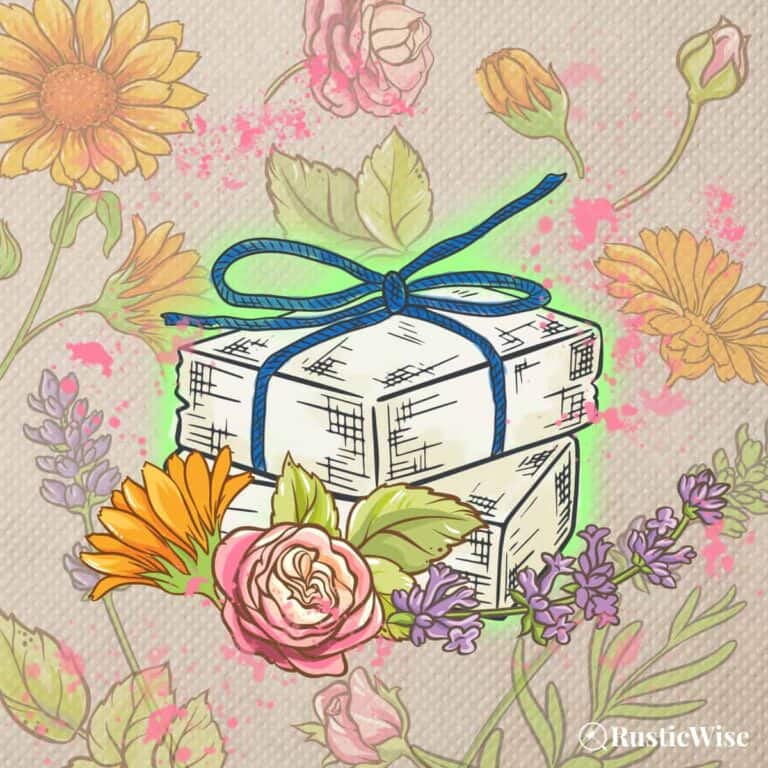
Want to add a special soap ingredient to your next natural soap recipe? Here’s our big list of natural ingredients for making homemade soap you gotta try!

Before you make soap (homemade cold or hot process), read up on basic soap making safety precautions. Learn more on lye safety and safety tips!
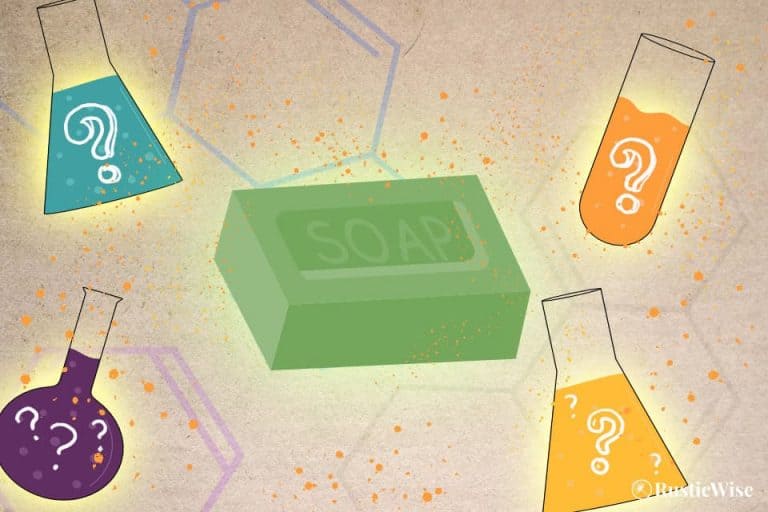
Store-bought cosmetics, lotions, and bath and body products have preservatives. Do you need natural soap preservatives for homemade soap?

Does turmeric soap lighten skin, really? Let look at the benefits of using turmeric powder and tips on making a turmeric soap bar.
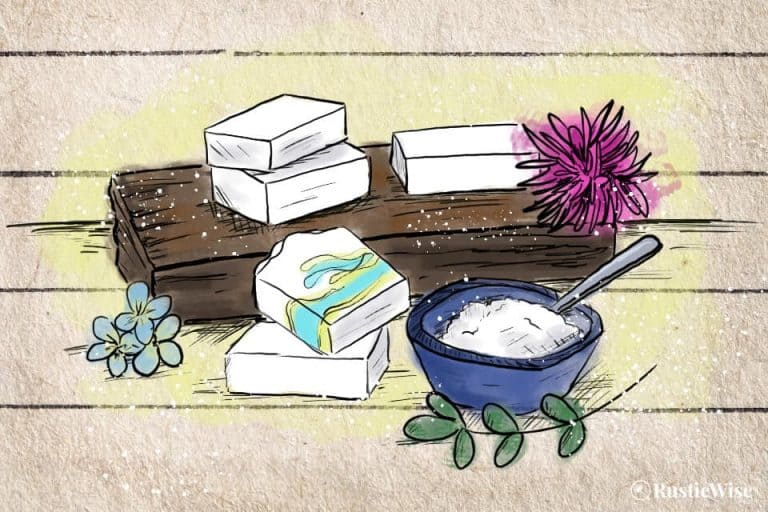
Want to make your batch of homemade soap whiter or brighter? Try adding titanium dioxide in soap. We’ll go over whether this powder is safe, and how to use it.
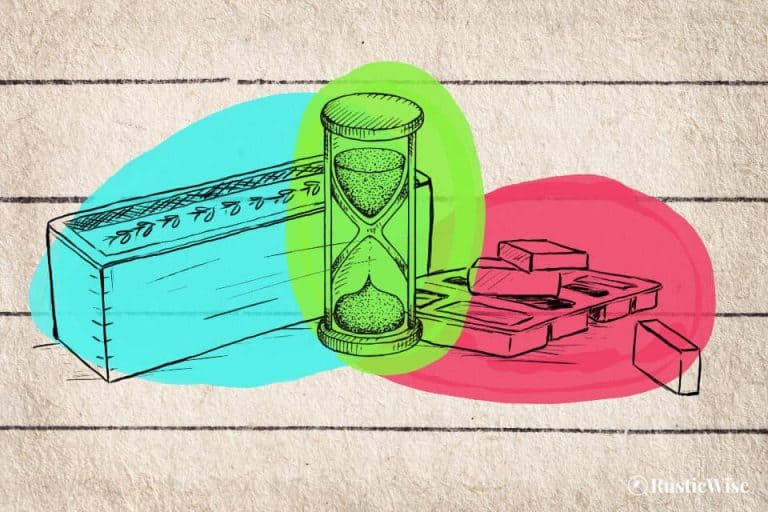
Knowing when to unmold cold process soap can be tricky. We’ve gathered a few tips and tricks plus ways to make your soap bars harder and easier to release.
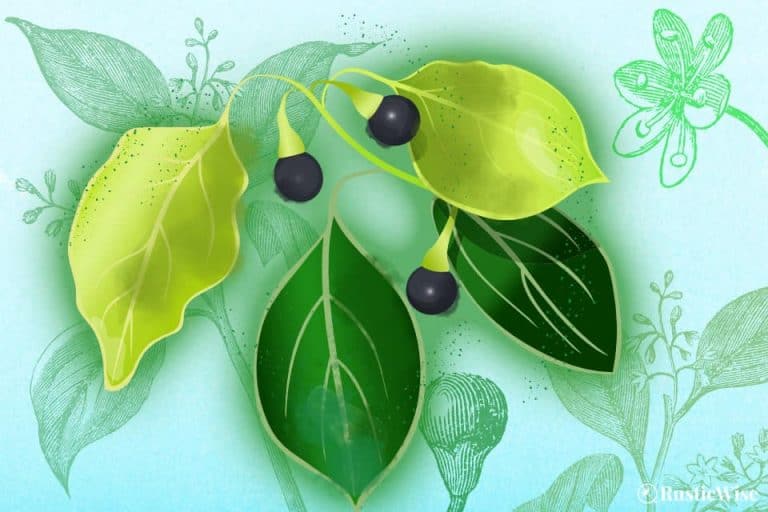
If you’re looking to use camphor oil, you might wonder, what does camphor smell like? We’ll try to describe its unique aroma, plus provide 7 scent pairings!
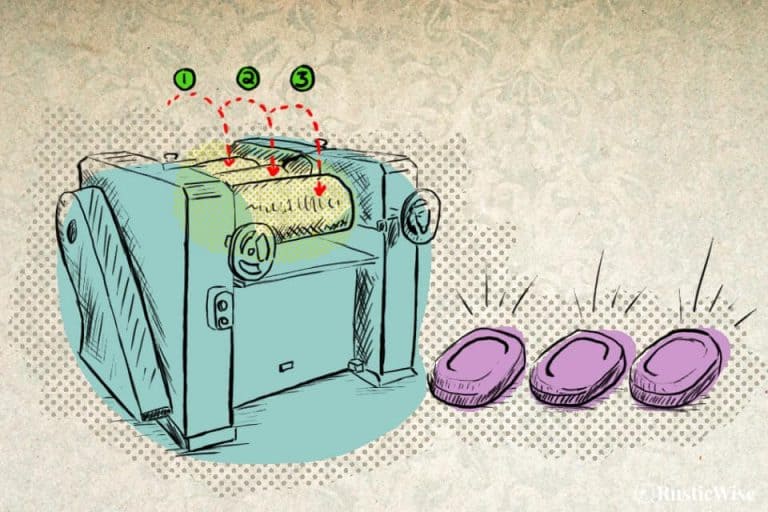
So, what is triple milled soap, exactly? We’ll explain how this bar’s milling process differs from regular commercial soap and handmade soap.
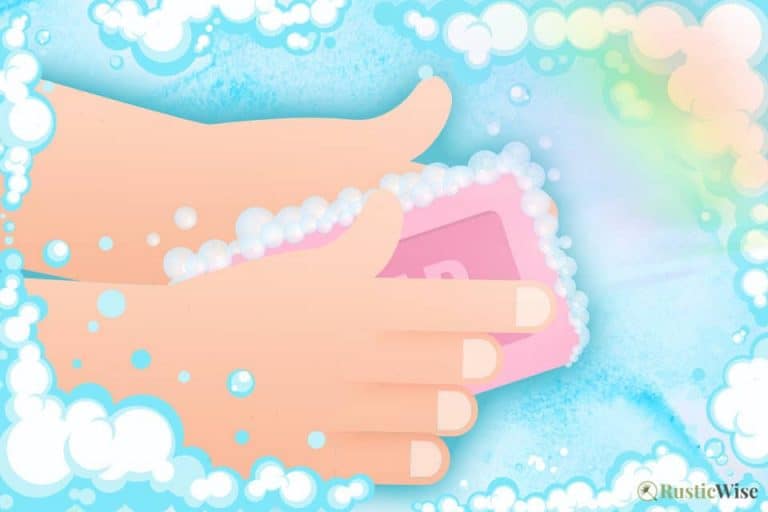
Bubbles and lather play a big role in one’s soap experience . If you’re wondering how to make melt and pour soap lather more, here are 5 things to look for.
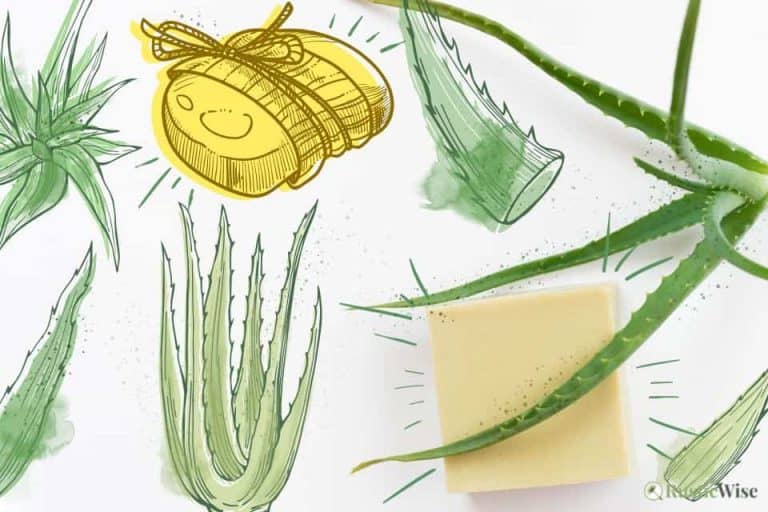
Soothing, moisturizing, and healing, here are 7 top aloe vera soap benefits. Plus, we’ll show you how to make your own easy DIY liquid aloe soap.
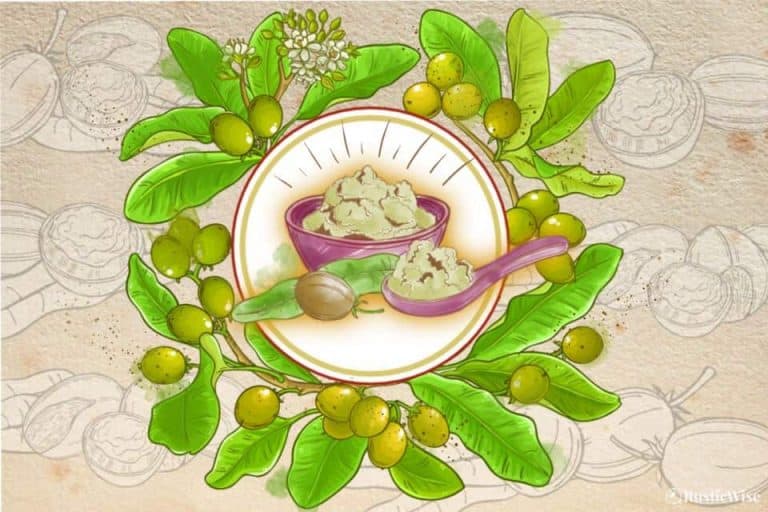
This exotic body butter is a popular ingredient in skin care. Rich, velvety, and moisturizing, there are plenty of benefits of shea butter in soap.

Moisturizing and rejuvenating, there are plenty of benefits of goat milk soap. While it works for most skin types, it’s not for everyone.
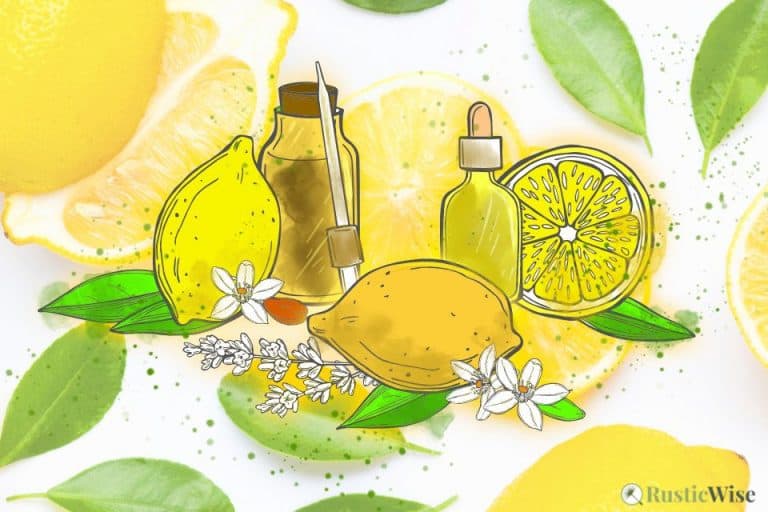
Uplifting and packed with antioxidants to promote a healthy complexion, here’s a roundup of lemon essential oil benefits for skin.
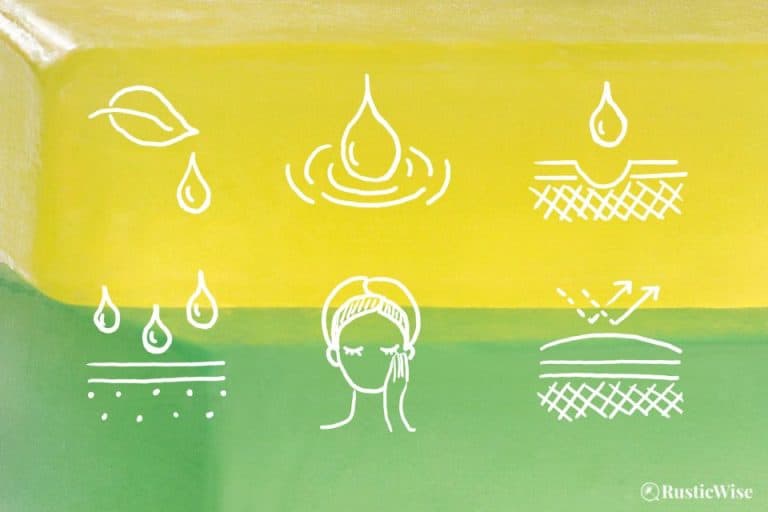
Looking for a moisturizing cleanser for your skin? Glycerin, a natural humectant, draws moisture to skin. Check out a roundup of glycerin soap benefits.
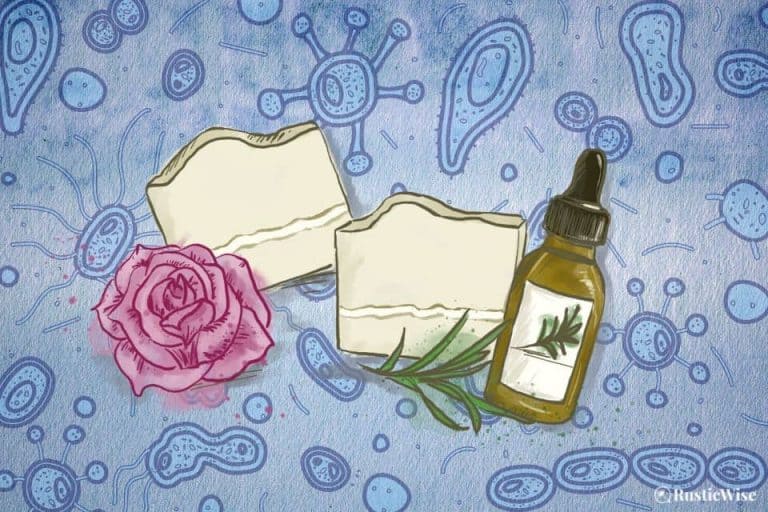
Forget the antibacterial soaps using harsh chemicals. Here’s how ingredients found in nature can create natural antibacterial soap.
End of content
End of content